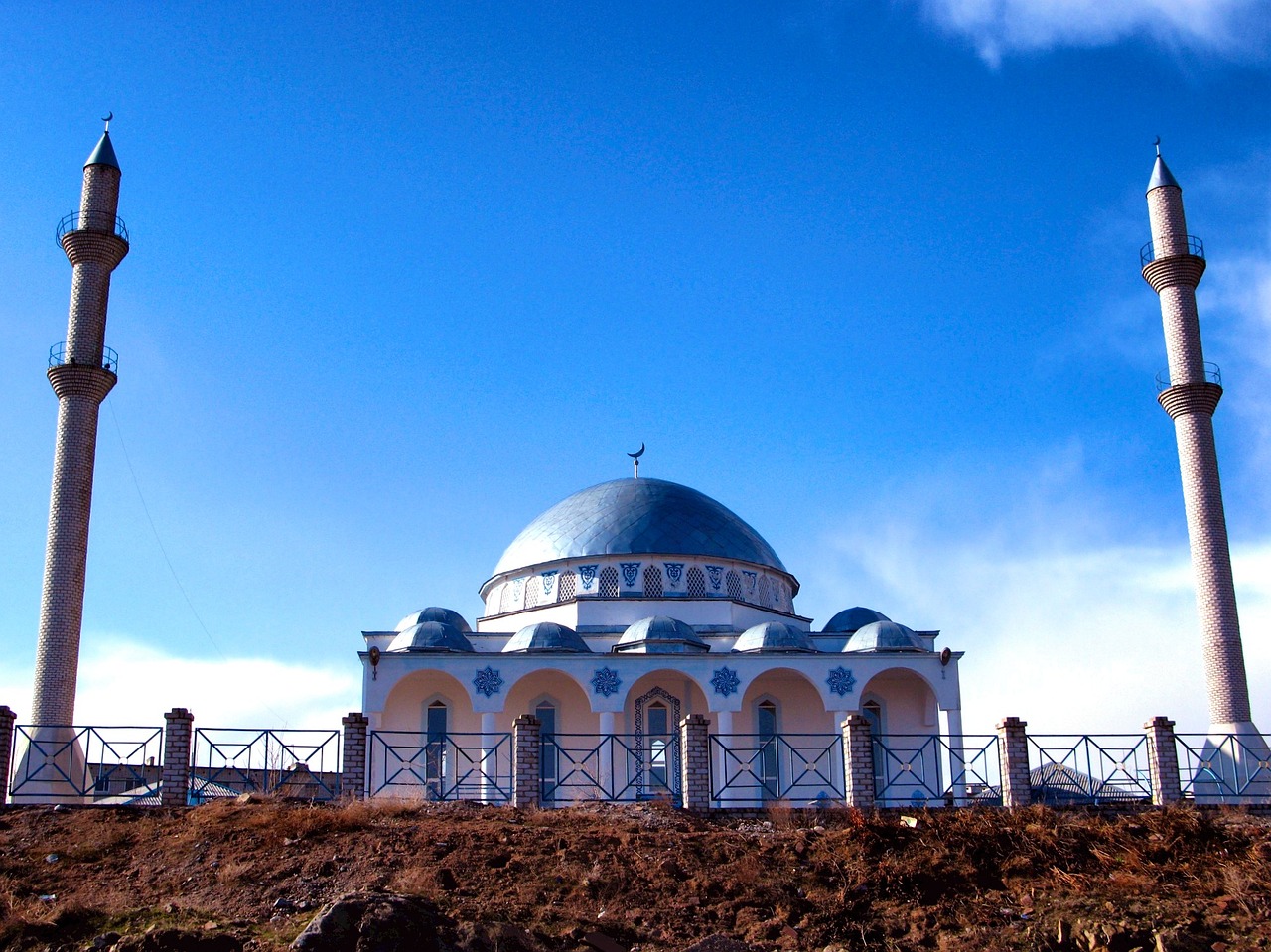Kazakhstan Video
Language and Communication: Overcoming Barriers in Kazakhstan
Language and communication play a vital role in connecting people and fostering understanding. In a diverse country like Kazakhstan, with its rich cultural heritage and multiple ethnic groups, overcoming language barriers becomes crucial for effective communication. This article explores the various challenges faced in language and communication in Kazakhstan and highlights strategies and initiatives aimed at bridging these gaps.
Language Diversity in Kazakhstan
Kazakhstan is a multilingual country with over 120 ethnic groups and more than 17 officially recognized languages. The most widely spoken language is Kazakh, followed by Russian, which is also widely used for official and business purposes. Other languages spoken in Kazakhstan include Uzbek, Ukrainian, Uighur, Tatar, and German, among others.
- Kazakh: As the official language of Kazakhstan, Kazakh holds great importance in national identity and cultural heritage. It is spoken by the majority of the population and is taught in schools.
- Russian: Russian serves as the lingua franca and is widely used in government, education, and business. It is a remnant of the Soviet era and is spoken by a significant portion of the population.
- Other Languages: Due to the diverse ethnic makeup of Kazakhstan, various minority languages are spoken, reflecting the country’s cultural richness and diversity.
Language Barriers in Kazakhstan
The linguistic diversity in Kazakhstan poses several challenges to effective communication and integration. Some of the common language barriers faced by individuals include:
- Limited Proficiency: Many individuals may have limited proficiency in the official languages, particularly Kazakh or Russian, which can hinder effective communication.
- Language Preference: People may feel more comfortable communicating in their native language, leading to difficulties in understanding and conveying information.
- Cultural Differences: Language is closely tied to culture, and cultural differences can create misunderstandings and communication gaps between different ethnic groups.
- Access to Resources: Limited availability of language resources, such as interpreters or translated materials, can impede effective communication.
Initiatives for Overcoming Language Barriers
Recognizing the importance of effective communication, Kazakhstan has implemented various initiatives to overcome language barriers and promote linguistic harmony. Some of these initiatives include:
- Bilingual Education: The government promotes bilingual education, ensuring that both Kazakh and Russian are taught in schools to facilitate language acquisition and communication skills.
- Language Support Programs: Language support programs are offered to individuals with limited proficiency, providing language classes and resources to improve their communication skills.
- Translation and Interpretation Services: Efforts are made to provide translation and interpretation services in public institutions, facilitating communication between different language speakers.
- Multicultural Events: Cultural festivals and events are organized to celebrate Kazakhstan’s linguistic diversity, fostering understanding and appreciation of different languages and cultures.
Kazakhstan Image 1:

Language Preservation and Promotion
Preserving and promoting the rich linguistic heritage of Kazakhstan is essential for maintaining cultural diversity and ensuring inclusive communication. Efforts to preserve and promote languages include:
- Language Documentation: Linguists and researchers document endangered languages to preserve their grammar, vocabulary, and cultural significance.
- Language Revitalization: Revitalization programs are implemented to revive endangered languages by promoting their use in educational institutions and cultural activities.
- Language Access: Efforts are made to ensure equal access to education and public services in different languages, catering to the needs of diverse linguistic communities.
Kazakhstan Image 2:

Technological Advancements
Technological advancements have played a significant role in overcoming language barriers in Kazakhstan. Innovations such as:
- Translation Apps: Smartphone applications that offer real-time translation have made it easier for individuals to communicate across language barriers.
- Online Language Learning: Web-based platforms provide opportunities for individuals to learn different languages at their own pace, enhancing their communication skills.
- Virtual Interpreters: Video conferencing tools equipped with virtual interpreters enable multilingual communication in various settings, including business meetings and conferences.
Kazakhstan Image 3:

Conclusion
Language and communication barriers in Kazakhstan can hinder social cohesion and economic development. However, through initiatives focused on bilingual education, language support programs, and technological advancements, Kazakhstan is making significant strides in overcoming these barriers. By valuing linguistic diversity and promoting inclusive communication, Kazakhstan aims to create a society where language is a bridge rather than a barrier.
References
– kazakhstan.travel
– astanatimes.com
– eurasianet.org


